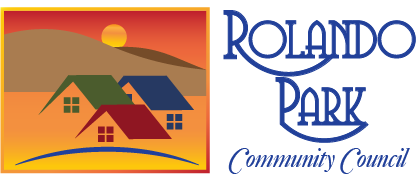Rolando Park Community Council now has its own merchandise! We are partnered with Bonfire, an apparel supplier for nonprofits. Check out our storefront at https://www.bonfire.com/store/rolando-park-community-council/
We’ve got hats, t-shirts, and sweatshirts, kids and adult sizes.
All proceeds help support our special community events: ice cream social, holiday social, and our movie in the park.








